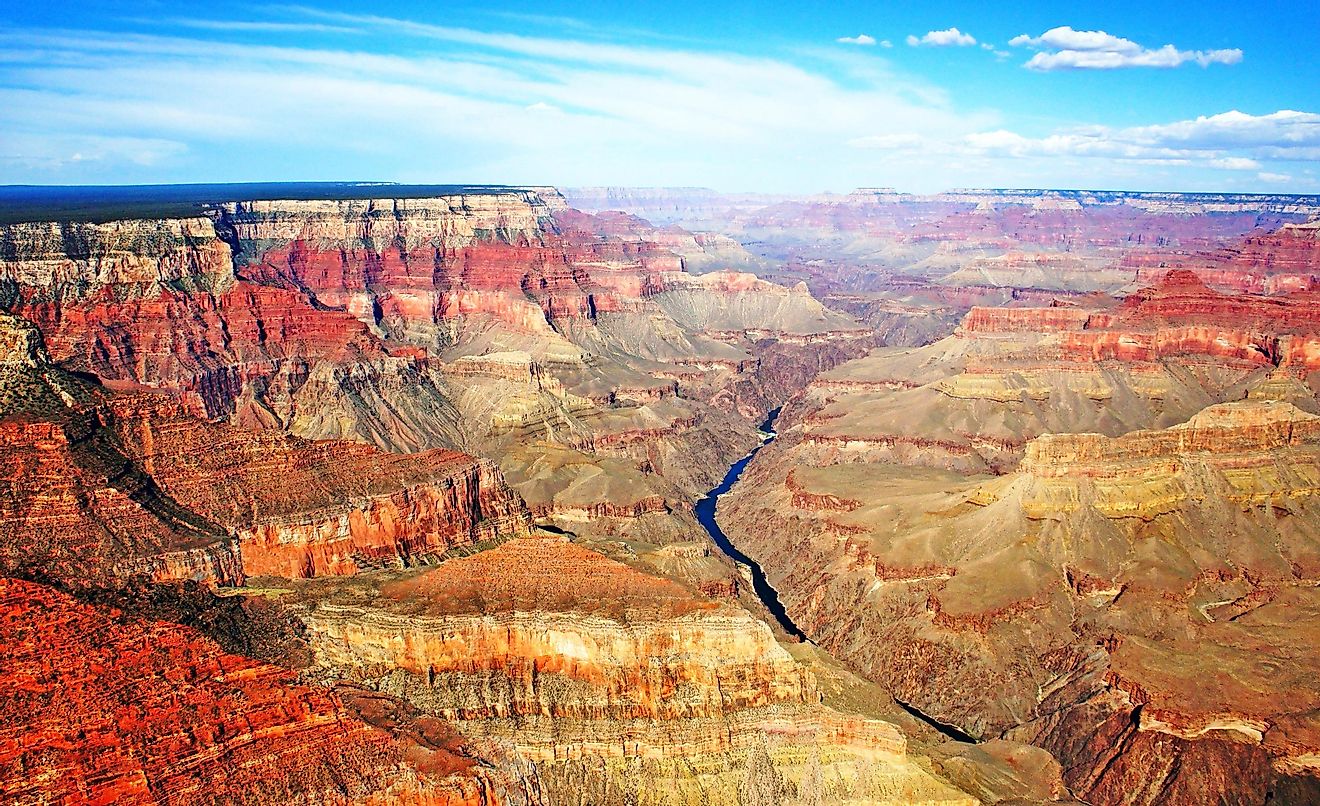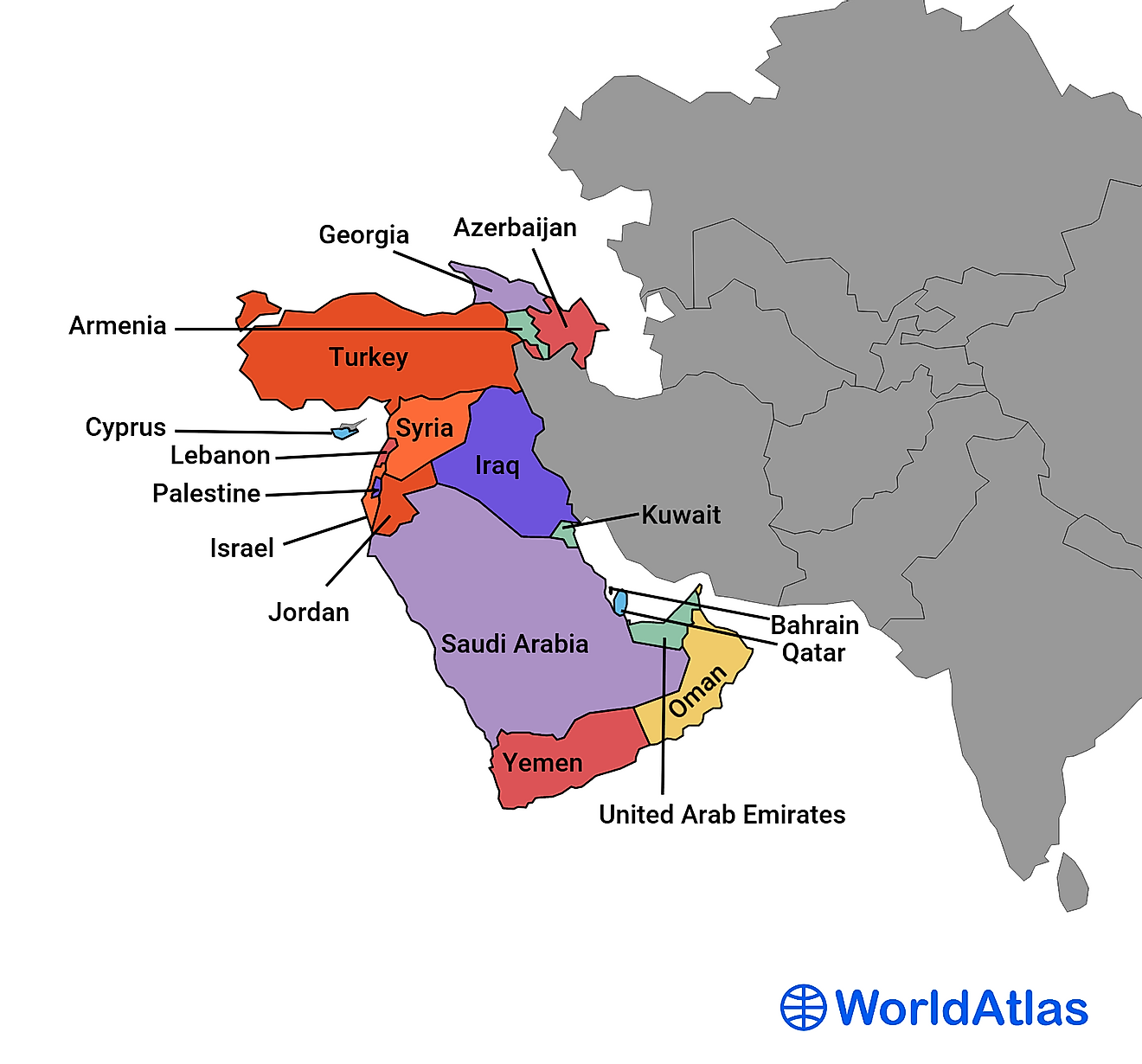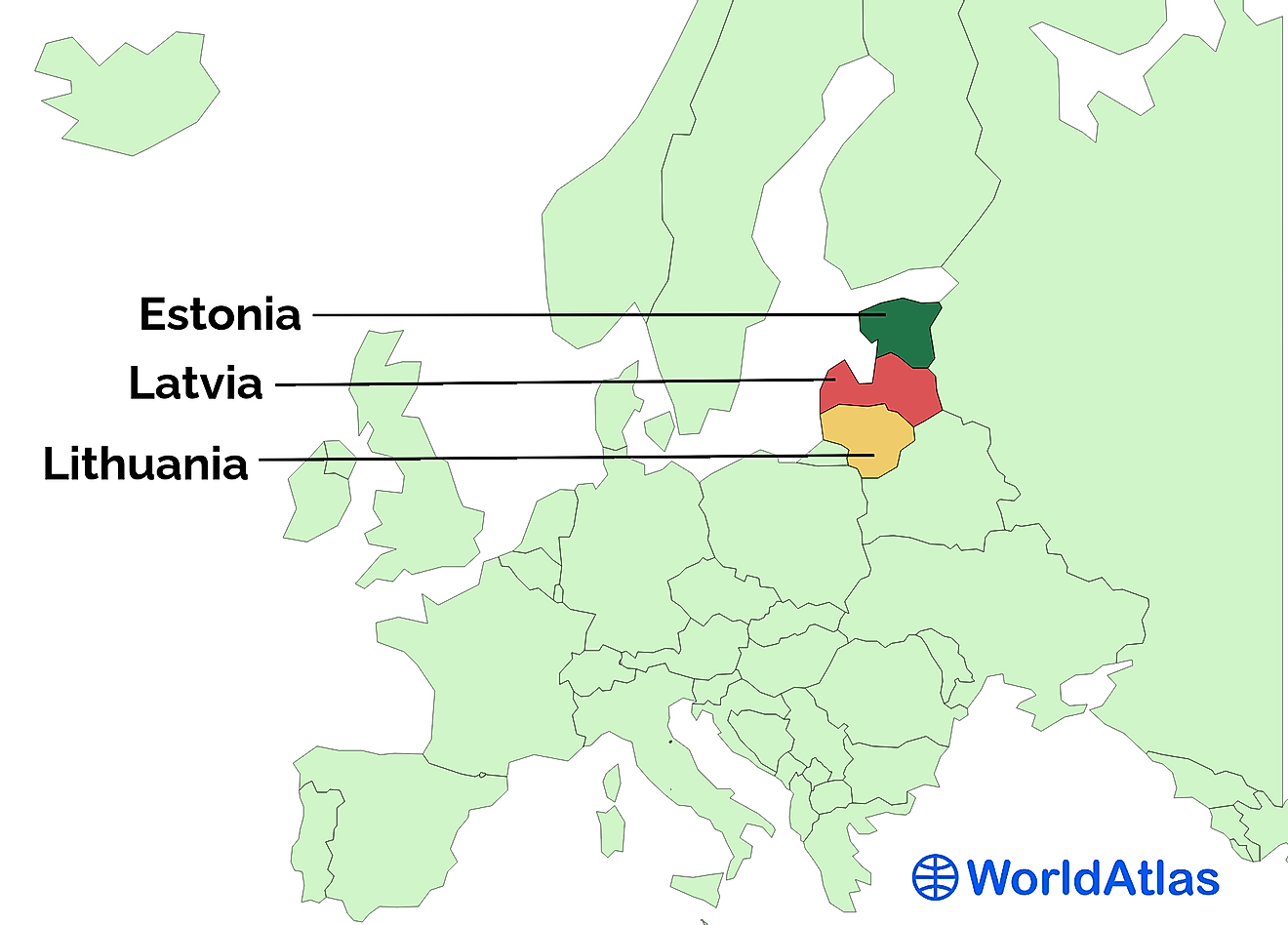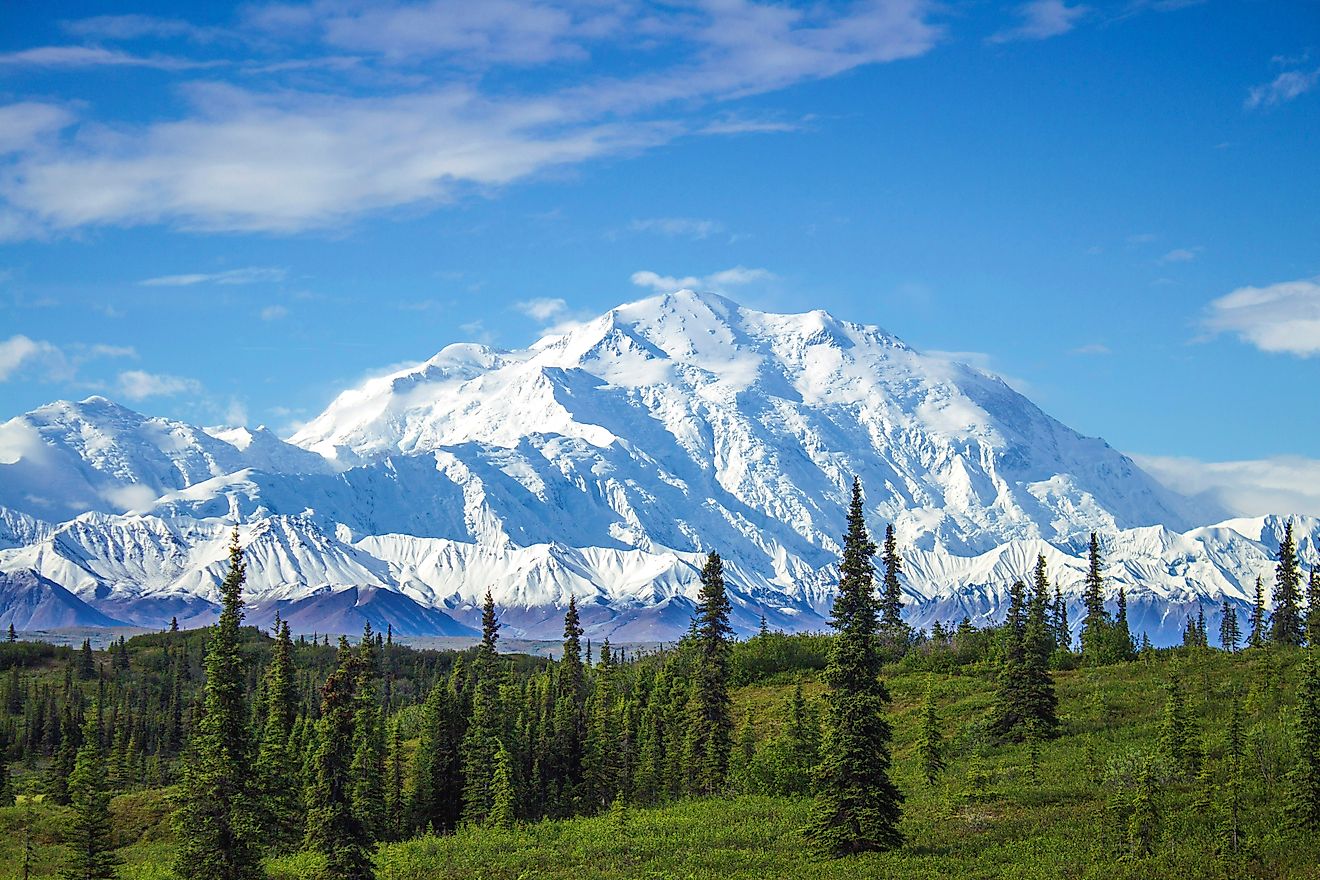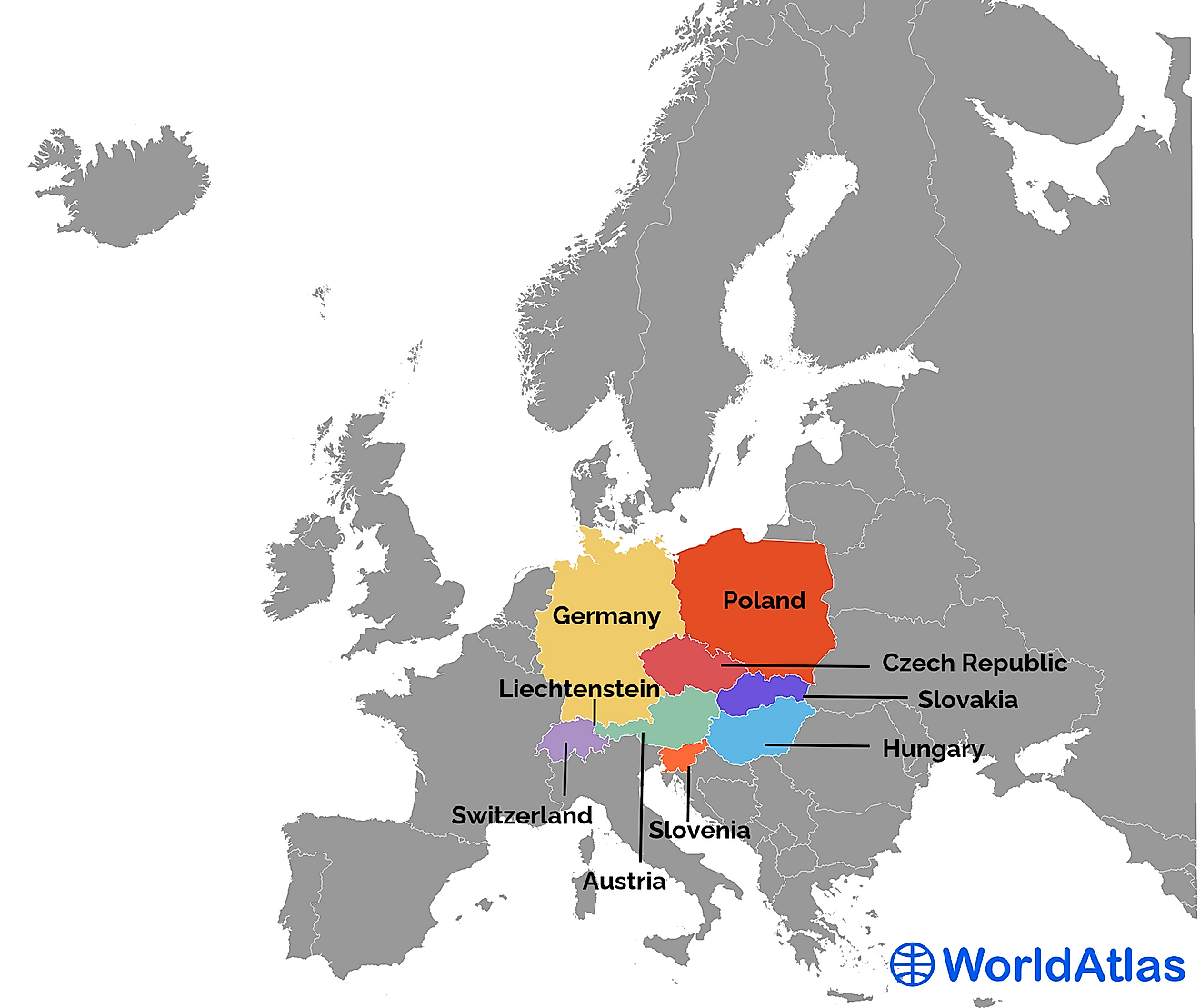Where Are The Most Fossils Discovered?

- Geographic locations like deserts, rivers, mountains and badlands are all great locations for finding fossils.
- Fossils are the traces and remains of ancient life.
- Fossils have been found on every continent on Earth, including Antarctica.
Fossils have been found on every continent across the globe, but not all locations were created equally, geologically speaking, in terms of fossil discovery.
Fossils are the traces and remains of ancient life and whether it be an imprint of a leaf, a petrified log or the skull of Tyrannosaurus rex, each fossil has to go through a similar process in order to become "fossilized." In the case of a dinosaur fossil; first a dinosaur needs to die and have its body quickly buried by sand or mud, to avoid the elements and additional scavenging. After being buried, a process called permineralization occurs, when small rock minerals seep into the porous spaces within the bones, filling them up and forming a fossilized version of the specimen. Fossils have all the same design characteristics of the original bones, but they are "permineralized" or essentially turned to stone.
Where Are Fossils Found?
Geographic locations like deserts, rivers, mountains and badlands are all excellent locations for fossil discovery, due to high levels of erosion that occurs in these locales. As a result of their ancient origins, fossils are usually buried very deep within layers of stone, representing millions of years of soil deposition. Fossils are often found in geologic areas where natural weathering and erosion has taken place, causing wind and water to slowly wear away the surface rock, exposing the deeper rock layers (and the fossils) within.
Fossils are typically found in sedimentary rock, which is formed around ancient bodies of water like rivers, swamps or inland seas. Continuous currents of water deposit sediments (small rock minerals) along the banks and on the bottoms of these waterways and, when ancient animals died, some became buried in these sediments. Over a long period of time the sandy banks and muddy swamps dried out and hardened into stone, trapping the fossilized animals deep within. Sedimentary rock layers, like Sandstone, Mudstone, Limestone, and Ironstone are all potential hotbeds for finding fossils.
Hell Creek Formation - USA

The United States features many great fossil sites, like the La Brea Tar Pits in California, or the Morrison Formation in Arizona, but the Hell Creek Formation is arguably the most prominent. Located in the fossil rich geological zone that stretches from Montana through Wyoming and North and South Dakota, the Hell Creek Formation has produced an eclectic array of cretaceous fossils from dinosaurs, fish, crocodiles, amphibians, turtles, and other early mammals.
Dinosaur Provincial Park - Canada

The Canadian Badlands, which covers the southern corner of Alberta, is one of the premiere destinations for dinosaur research and fossil discovery in the world. Dinosaur Provincial Park, a UNESCO World Heritage Site, has produced at least 50 distinct dinosaur species and over 500 individual specimens. The Hilda-mega bonebed, found in the lower regions of the Dinosaur Park Formation, is one of largest bonebed sites in the world, featuring thousands of Centrosaurus apertus fossils in bonebeds dating back to 76 million years ago.
Laioning Province, China
China has been a global leader in fossil discovery and the large formations close to the city of Liaoning are well known for their extensive deposits of feathered dinosaurs, including the first identified feathered dinosaur, Sinosauropteryx. Additionally, pterosaurs, fish, small mammals and other ancient reptiles have been discovered in the Jiufotang Formation and the vast biodiversity displayed in this formation has greatly advanced paleontological studies in China and around the world.
Anacleto Formation - Argentina

The Anacleto Formation in the region of Patagonia in Argentina is renowned for its many significant fossil discoveries, including fossil nests and eggs and a large number of giant sauropod dinosaurs. The Titanosaur, Patagotitan mayorum, is displayed in Chicago's Field Museum and is the largest sauropod ever discovered, standing 28-feet-tall and weighing 70 tons.
The Jurassic Coast - United Kingdom

The aptly named 'Jurassic Coast' is a UNESCO World Heritage Site and the only site with that designation in England. The impressive coastline spans 95 miles, featuring 185 million years of fossil preservation displayed throughout the sedimentary cliffs from Devon to Dorset. Fossils found here are from the early Mesozoic era, featuring early vertebrate life, ammonites, fish, marine reptiles and dinosaurs.
